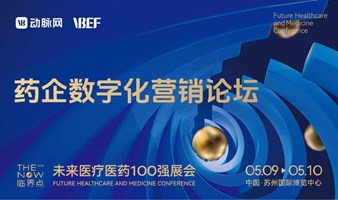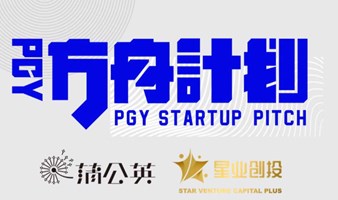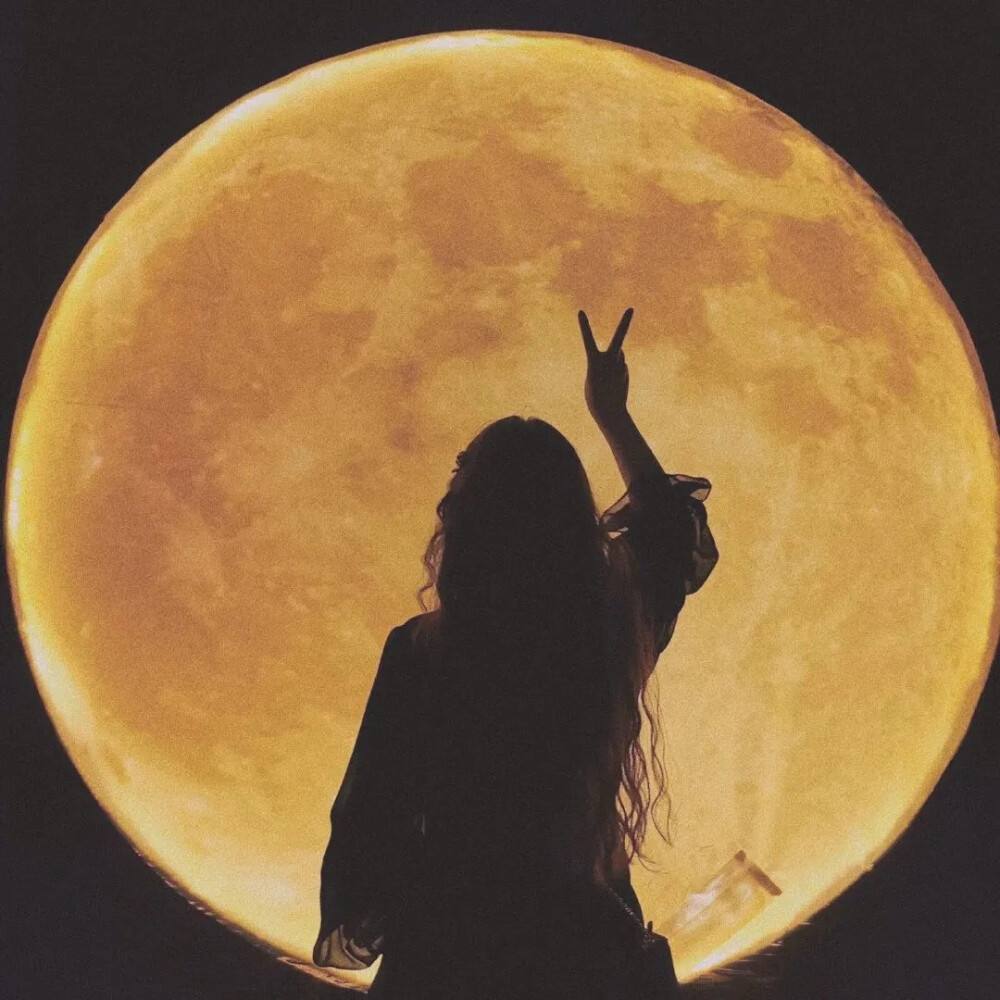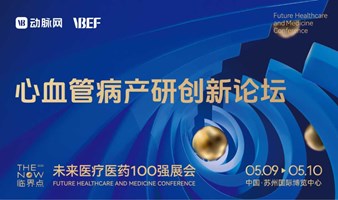
收起
活动内容收起
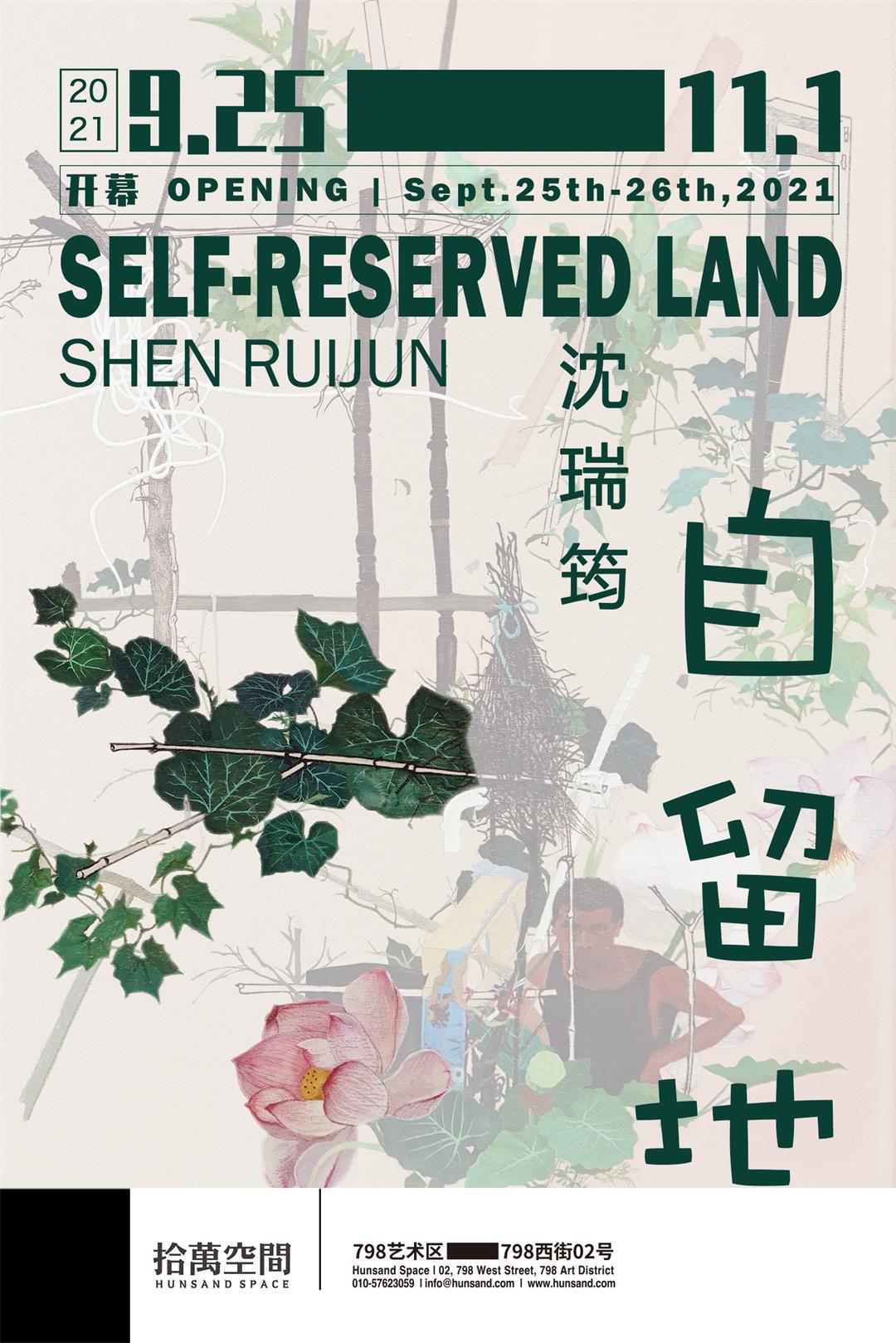
沈瑞筠:自留地
展览时间:2021年9月25日 - 11月1日(周一公休)
开幕时间:2021年9月25日 | 26日 (周六 | 周日)
自留地项目介绍
自留地制度开始于1956年,它是由农业集体经济组织依法分配给农民长期使用的少量土地。其所有权属于集体,使用权由农民以户为单位行使。自留地的私有属性激发农民的生产积极性,曾经是集体经济的有效补充。直到今天,自留地的耕作仍是维持部分贫困农民日常生活资料的来源。
农民在自留地上种植自家需要的蔬菜和作物。因为各户需要不同,自留地上的作物各不相同 。农民不会在自留地上施加农药,因此自留地上的作物形态各异,往往会和昆虫及地理环境形成一个复杂而有趣的生态系统。在全球化、产业化、信息化的背景下,自留地的私有性、独立性、自给自足又相互依存的循环系统,能给予我们一定的启示。开辟一块自留地;它可以是精神上的,也可以是物质上的。它可以不大,相信有这片“土地”的存在,我们能成为更完整和自主的人。
自留地项目已经开展了两年多。在这期间,我研究了自留地的历史和政策。我在不同季节反复观察一片或多片自留地,在纵横交错、高低掩映的地里游走,和农民交谈,记录吸引我的种种细节。通过用自留地的作物在美术馆制作园林“自留园”,我熟悉了作物的自然规律和生长形态,并测试现代城市的生活模式与自然农业生态的关系。由于温度和湿度的充沛,南方的植物长得特别生猛而没章法,从而形成独特的审美。通过绘画的方式,我探索这种审美经验背后的逻辑,同时用自己的心境“重塑”这些农作物。放慢脚步,移步换景。我希望实践一种把精神寄托于日常的生活方式,用最朴素的经验去体察世事变化,让自己的精神回家;以心无旁骛的状态,去触摸那个无所不往又繁花似锦的世界。
—沈瑞筠
沈瑞筠是一名艺术家和策展人,1976年生于广州,现生活在广州和纽约。
她的作品以绘画为起点,从自然中获取灵感,强调经验和过程。作品通过包括装置、动画和新媒体等多种媒介,以多维空间多重角度的认知方式;探索虚与实,精神和物质,日常与脱俗,个体与群体,规范和例外等矛盾双方随时转换和交织的状态。近年,她通过自留地项目实践把精神寄托于日常;在关联中保持个体独立的生活方式。沈瑞筠2000毕业于广州美术学院油画系,2004年获得蒙卡利州立大学艺术硕士学位,同年获Joan Mitchell大奖; 2007年获得芝加哥艺术学院绘画硕士,并获年度第一Toby Devan Lewis Fellowship奖。她的作品参加了第八届深圳水墨双年展(2013)和2013深圳·香港城市/建筑双城双年展以及第六届广州三年展(2019);并被意大利国立二十一世纪美术馆、卡蒂斯特、广东美术馆、澳大利亚白兔收藏、帝豪奇·德隆收藏馆收藏。
作为策展人,沈瑞筠策划了许多成功的展览,包括“留涟——皮皮洛蒂·瑞斯特个展”(2013)、“脉冲反应”系列(2012,2016)、并在纽约皇后美术馆策划的“政治纯形式!”(2014)。她还联合策划了第六届成都双年展(2013)。以中国园林为切入点研究中国文化的思想根源,传统文化对当代生活面临的困境的启示,及园林作为一种空间艺术转化到当代艺术中的可能,是沈瑞筠策展工作中的一个长期研究方向,自2015年起她策划一系列与园林相关的展览。
沈瑞筠曾是广东时代美术馆的首席策展人(2014-2017),目前担任卡蒂斯特(旧金山和巴黎)的中国项目总监,同时是一位自由艺术家。
Shen Ruijun : Self-Reserved Land
During: 9.25 - 11.1 2021 (Closed on Monday)
Opening: 9.25 / 9.26 2021 (Saturday / Sunday)
Self-Reserved Land Project
The policy for self-reserved land launched in 1956, the agricultural collective economic organization, by the law, allocated a small plot of land to peasants for long-term usage. Its ownership belongs to the collective, and the peasants exercise the right of use on a household basis. The private property of self-reserved land stimulated farmers' production enthusiasm and effectively supplemented the collective economy. Until today, the cultivation of self-reserved land is still a source of daily subsistence for many impoverished farmers.
Farmers grow vegetables and crops on their land to meet their family needs. The crops grown on these plots vary from household to household, depending on their specific needs. Farmers do not use pesticides in their fields. Hence, the products come in different shapes and forms, building into a complex and intriguing ecosystem with insects and particular geography. In the context of globalization, industrialization, and information technology, the private, independent, self-sufficient, and interdependent system of self-reserve land offers us some insights. Cultivating a self-reserve land can be spiritually or materialistically significant. It doesn’t have to be big, but the presence of this “land” allows us to become complete and autonomous individuals.
The self-reserved land project has been carried out for over two years. During this time, I have researched its history and policies. I observed one or more plots in different seasons on multiple occasions, wandering through the crisscrossing, high and low fields, talking to farmers, and recording the details that appeal to me. By creating a garden with crops from the "self-reserved land" in an art museum, I became familiar with the pattern of natural growth and forms of the crops and tested the relationship between the modern urban living model and natural agroecology. In high temperature and humidity climates, plants in the south grow vigorously and uncontrollably, embodying a unique aesthetic. Through painting, I explore the logic behind this aesthetic experience while "reshaping" these crops with my state of mind. Slowing down my steps and changing my landscape, I hope to practice a way of life that endows the spirit in the everyday, observing the changes in the world through the simplest experience, and allow my soul to return home; to touch the efflorescent world without distractions.
—Shen Ruijun
Shen Ruijun, artist and curator, born in 1976, Guangzhou, currently works and lives in Guangzhou and New York.
Her works take painting as a starting point and draw inspiration from nature, emphasizing experience and process. Her practice covers a variety of media, including installation, animation, and new media. Through perceptions of multi-dimensional space and multiple angles, her works explore the state of instantly shifting and intertwining contradictions such as, the virtual and the real, spirit and matter, the quotidian and the demystified, the individual and the collective, the norm and the exception, etc. In recent years, she practices a way of life that endows the spirit in the everyday through self-reserved land projects and maintains an independent lifestyle within connectivity. Shen Ruijun graduated from the Oil Painting Department of Guangzhou Academy of Fine Arts in 2000, received her MFA from Montcalm State University in 2004, and was rewarded the Joan Mitchell Award in the same year. She received her MFA in Painting from the School of the Art Institute of Chicago in 2007, who was awarded the Toby Devan Lewis Fellowship. Her works were included in the 8th Shenzhen Ink Biennale (2013), the 2013 Shenzhen-Hong Kong Bi-City Biennale of Urbanism/Architecture, and the 6th Guangzhou Triennial (2019). They have been collected by MAXXI, Italy, KADIST, Guangdong Museum of Fine Arts, the White Rabbit Collection, Australia, and the Teirochi Deleon Collection.
As a curator, Shen Ruijun has curated many successful exhibitions, including "Gentle Wave in Your Eye Fluid-A Pipilotti Rist Solo Exhibition" (2013), the “Pulse-Reaction" series (2012, 2016), and "Polit-Sheer-Form!" at Queens Museum of Art, New York (2014). She also co-curated the 6th Chengdu Biennale (2013). Her ongoing research and curatorial direction include using Chinese gardens as an entry point to study the ideological roots of Chinese culture, traditional culture-inspired approach to addressing the dilemmas faced in contemporary life, and the possibility of translating the spatiality of gardens into contemporary art practice. She has been curating a series of garden-related exhibitions since 2015.
Formerly the Chief Curator of Guangdong Times Art Museum (2014-2017), Shen Ruijun is currently the China program director of KADIST (San Francisco/Paris) and an independent artist.
拾萬空间于2014年成立于草场地艺术区211号院,并在2018年迁至798艺术区。拾萬空间对常规意义的方盒子展览保持警惕,意欲从当代艺术语言中的语法和语意结构出发并将之延展到更广泛的领域;希望通过持续的展览和项目,激发出当下文化中被忽视的部分,将当代艺术思想的价值生发到你我的身边。
Hunsand Space is founded in 2014, in No. 211 Caochangdi Art District, and is relocated to the 798 Art Zone in 2018. In keeping vigilance with the conventional ways of presenting art exhibitions in white cubes, Hunsand Space aims to take the semantics and syntax from the language of contemporary art as a point of departure and expand them into a broader field. Through its vigorous programs of exhibitions and projects, it hopes to stimulate the overlooked aspects in contemporary culture and brings the values of contemporary art into our lives.

拾萬空间
D-02, 798 West Street, 798 Art District, Chaoyang District, Beijing
微信 | WeChat: hunsandspace
T:010-57623059
E:hunsand@hunsand.com
W: www.hunsand.com

活动标签
最近参与
报名须知
本活动由主办方委托【活动行】票务代理,具体服务及内容由主办方【拾萬空间】提供,请仔细阅读活动内容后报名。
本活动由「活动行」为您开具发票,如需发票,请登录活动行APP提交申请,活动行将在活动结束后7日内为您开具电子发票并发送至您的邮箱。
本活动支持退款,如需退款,请于活动开始时间的24小时之前提交申请,24小时内不接受退款。退款时,活动行将收取票价的10%作为退款服务手续费。
如您在活动参与过程中遇到问题或纠纷,双方应友好沟通、协商解决,您也可联络活动行客服进行协助。
针对虚假活动、内容侵权等行为,欢迎举报;一经核实,活动行有权进行账号管控或内容删除处理。
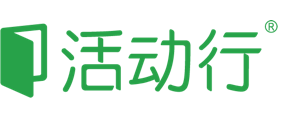






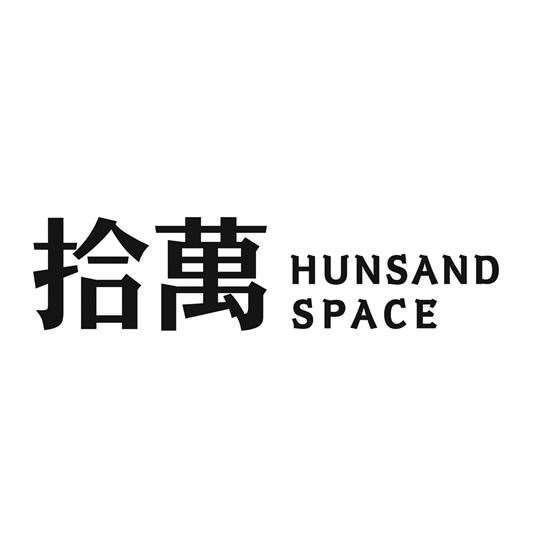 拾萬空间
拾萬空间
